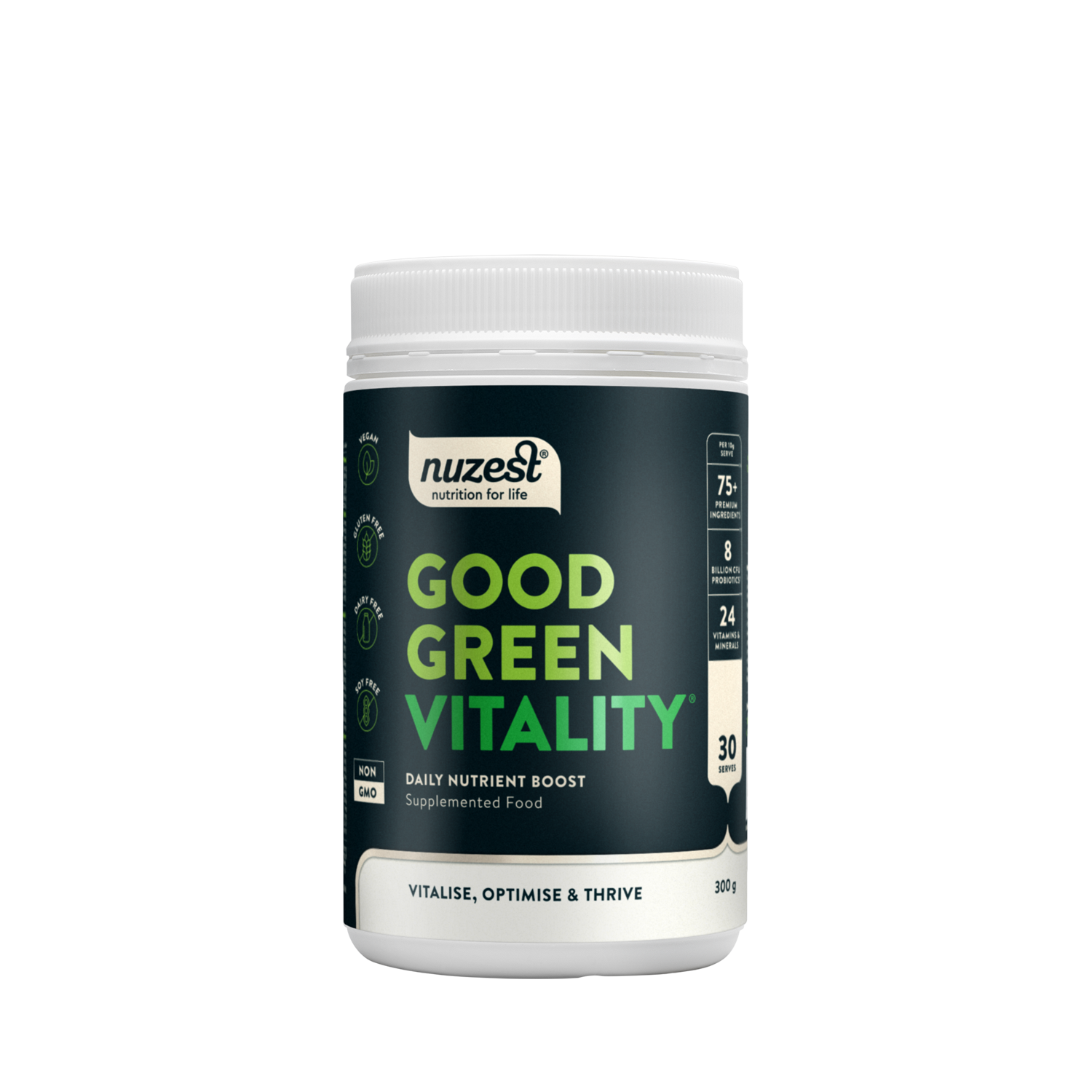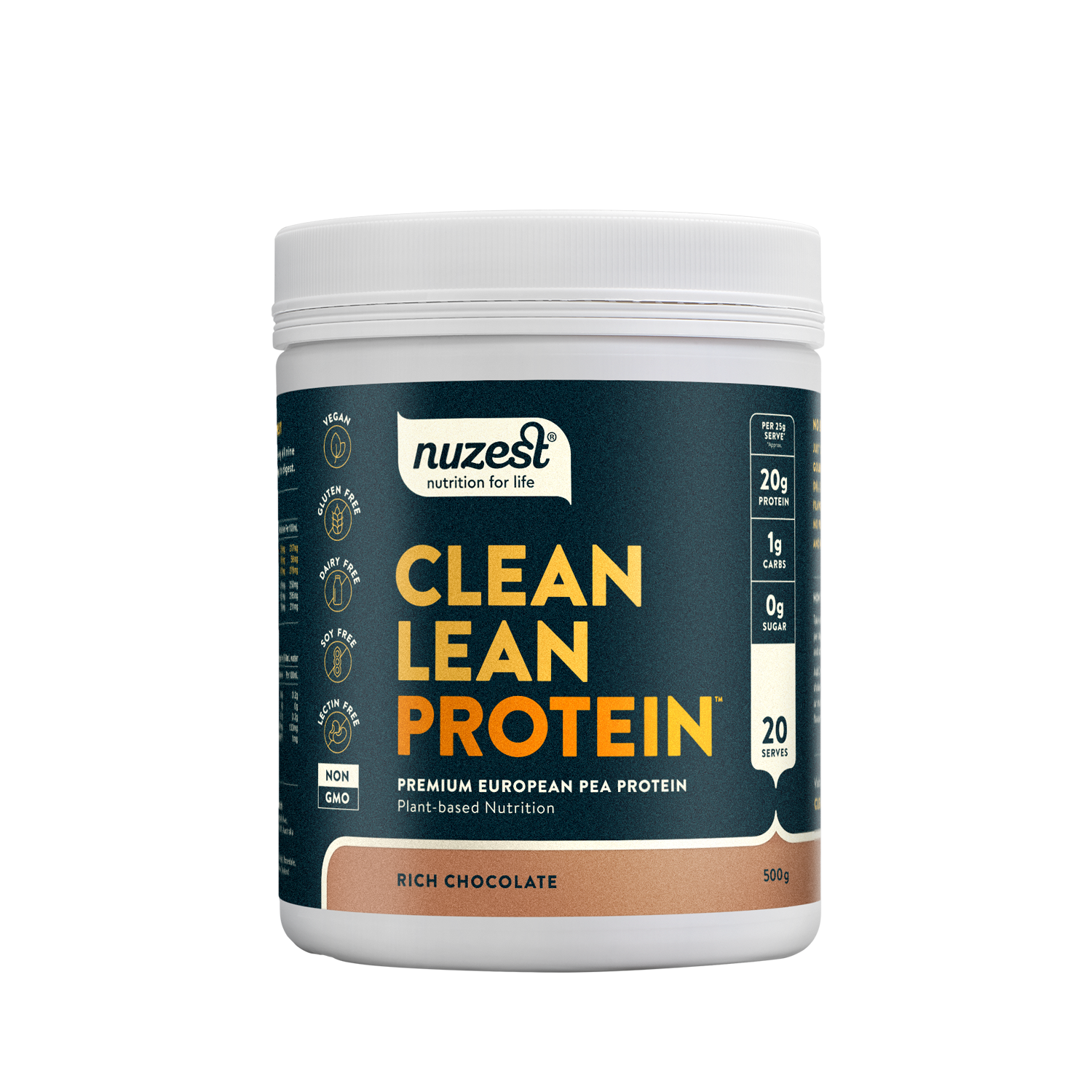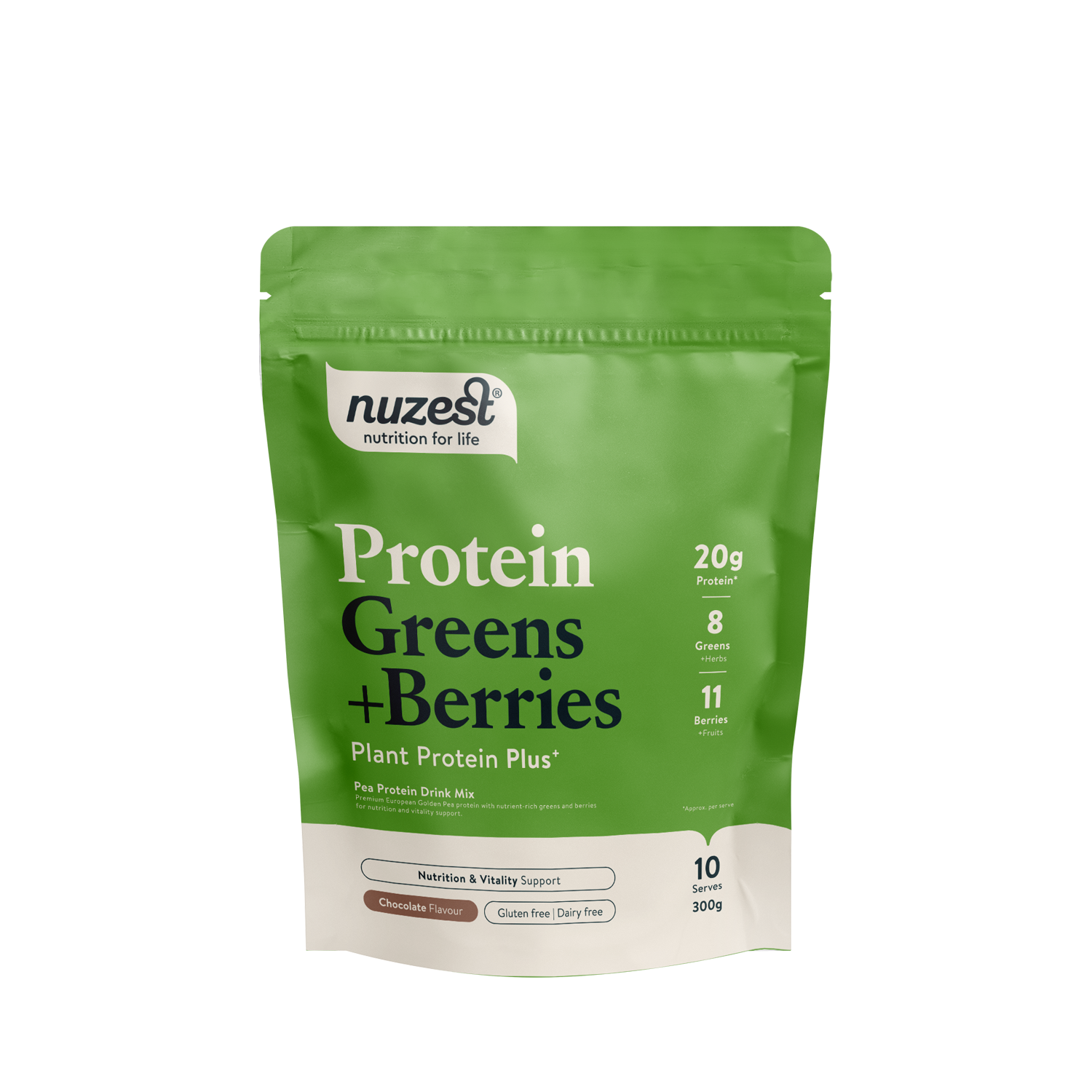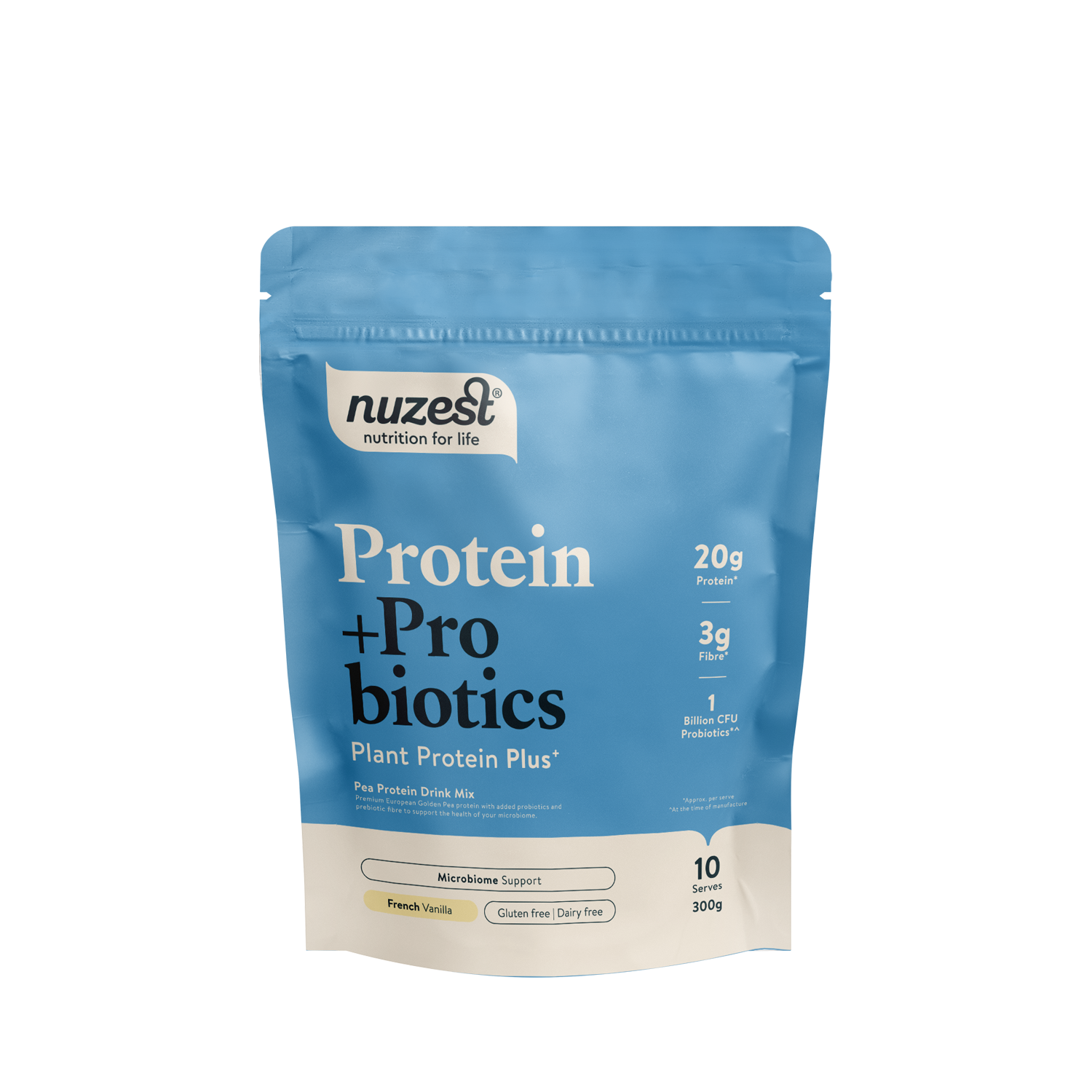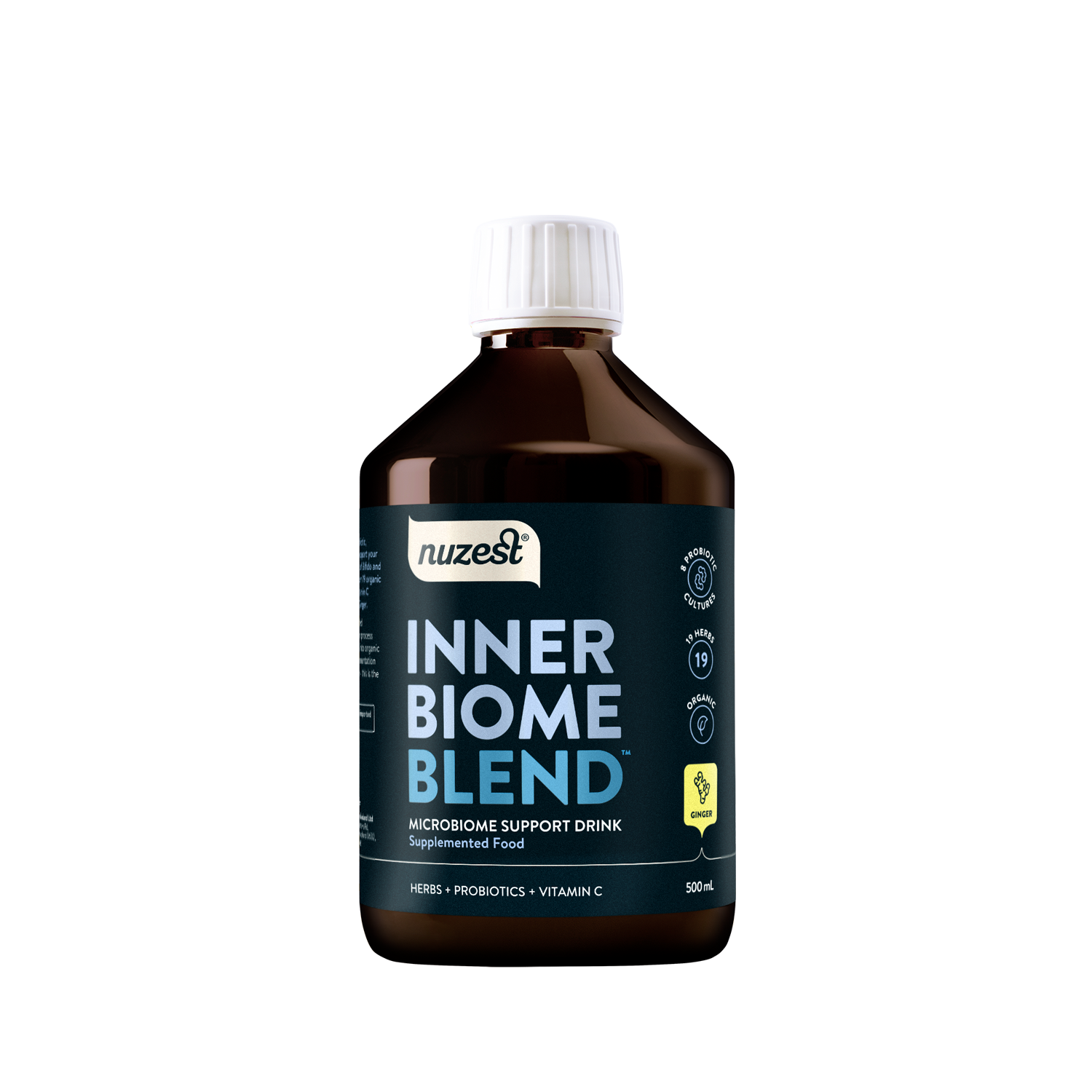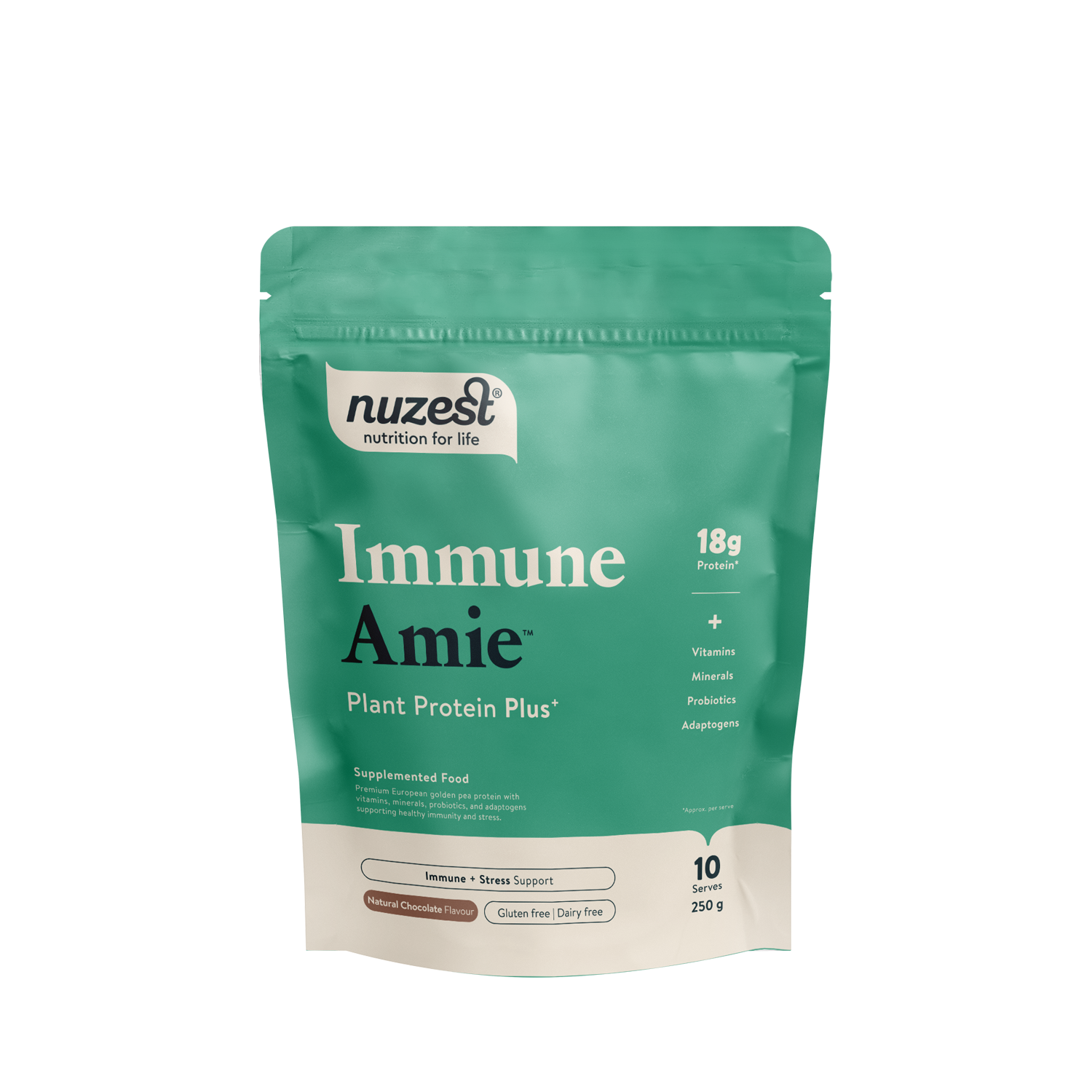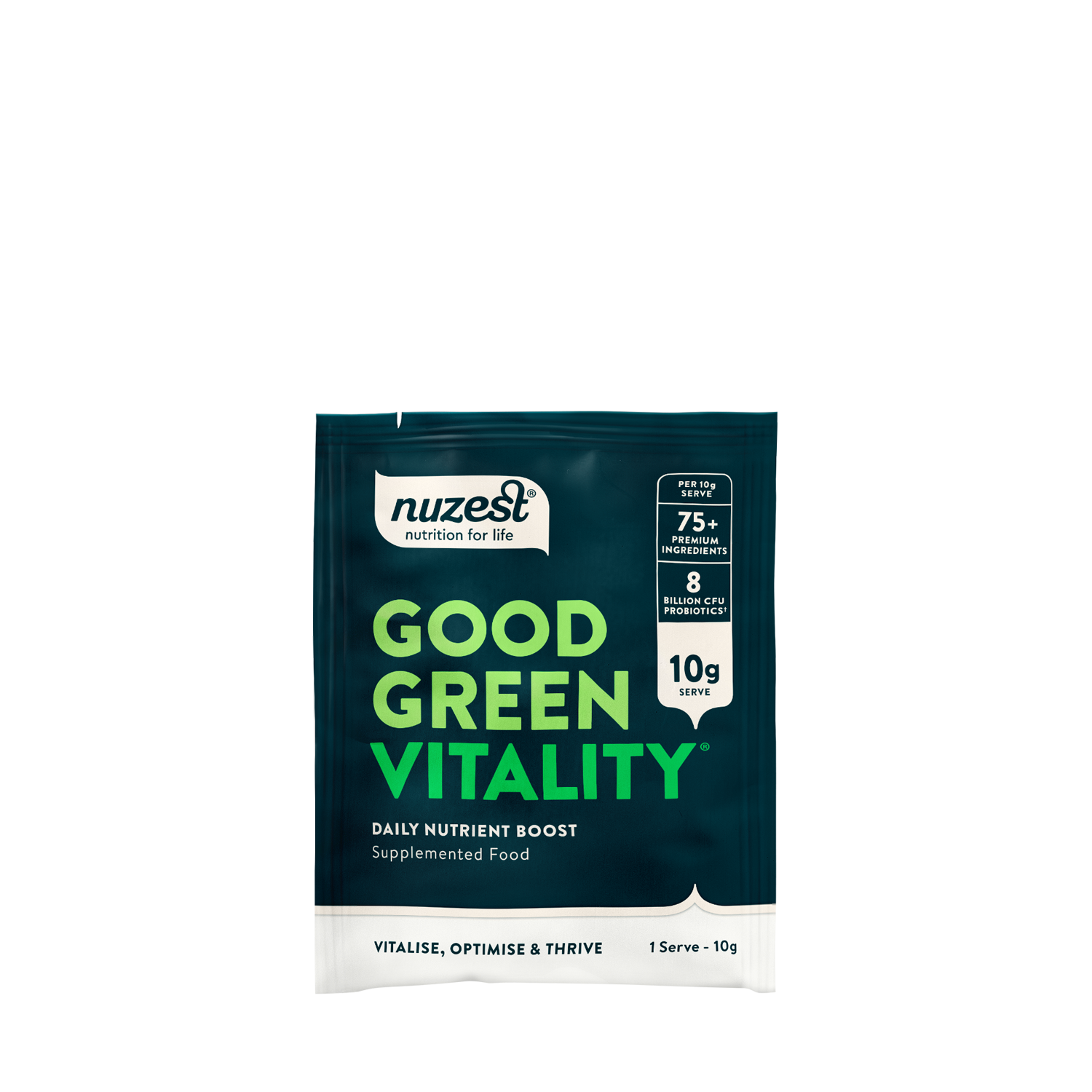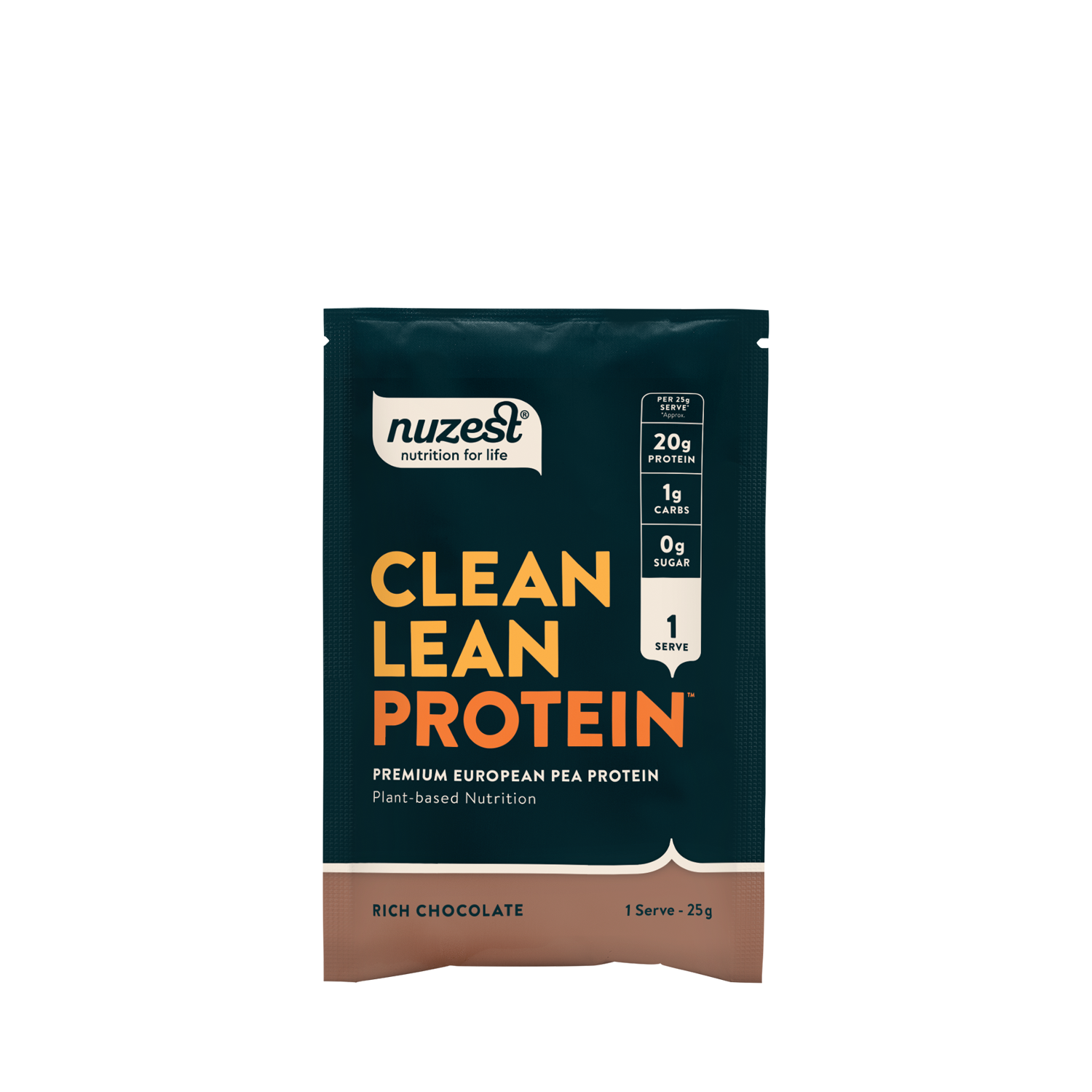Red marine algae
Lithothamnion calcareum
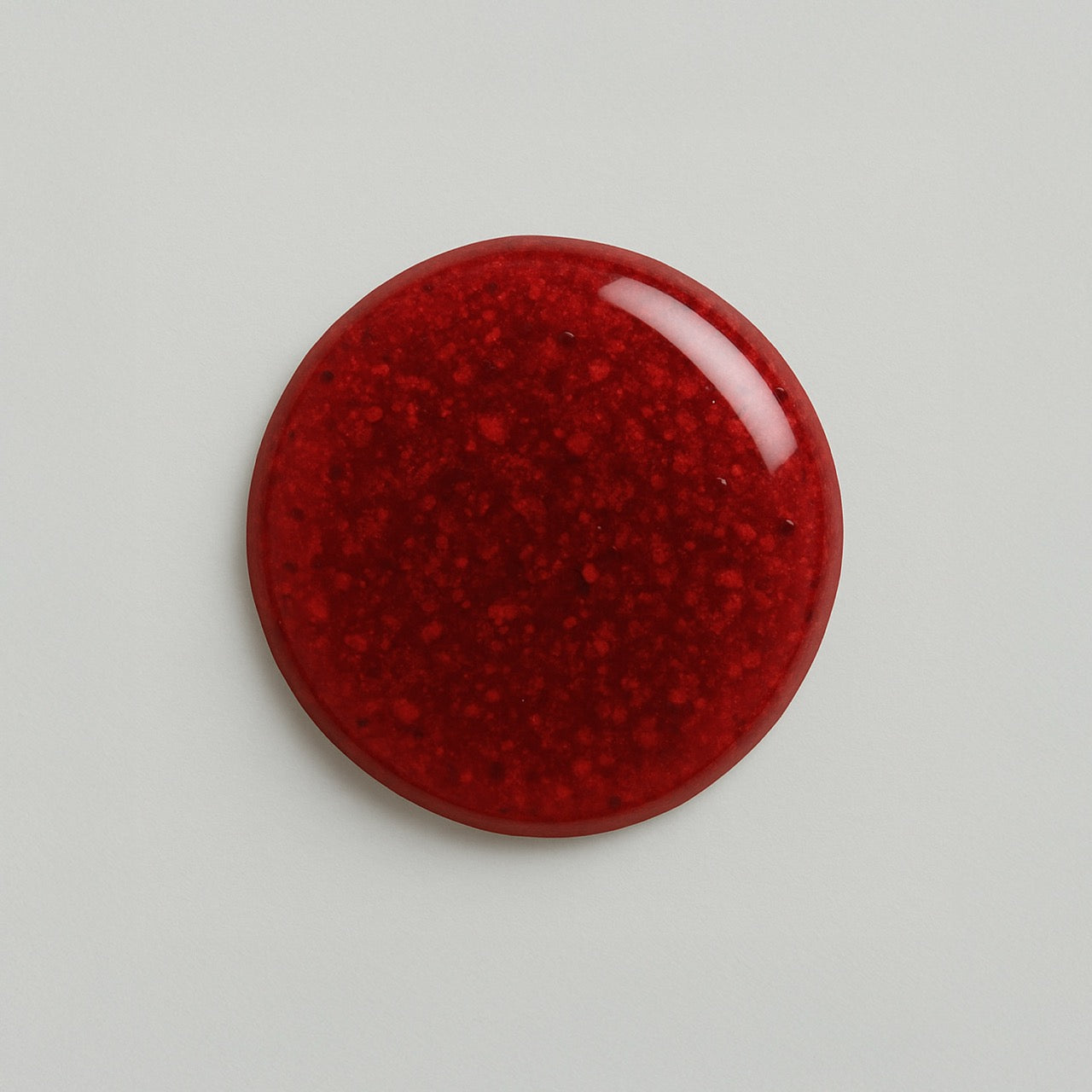
Red marine algae refer to various red seaweed species, often used as sources of minerals and polysaccharides. They are included in nutritional supplements and cosmetic products.
Products:
Does Red Marine Algae Contain Calcium?
Red marine algae naturally provides calcium, a mineral essential for maintaining bone strength and dental health. Calcium also plays a key role in muscle contraction and nerve signal transmission.¹
Antioxidant Properties of Red Marine Algae
Antioxidants such as carotenoids and polyphenols found in red marine algae contribute to protecting the body from oxidative stress. By neutralising free radicals, these compounds may help lower the risk of chronic diseases and support healthy ageing.²
Red Marine Algae for Immunity
This algae also contains a variety of vitamins, minerals, and bioactive compounds that contribute to enhancing immune function. By supporting the body's natural defense systems, it may aid in resisting infections and illness.³
Red Marine Algae and Gut Health
Prebiotic fibres found in red marine algae serve as nourishment for beneficial gut bacteria, which helps maintain a balanced gut microbiome. This support promotes effective digestion, improved nutrient absorption, and overall gut health.⁴
Red Marine Algae for Thyroid Health
Iodine, naturally present in red marine algae, is essential for healthy thyroid function. Maintaining sufficient iodine levels supports the production of thyroid hormones, which are key regulators of metabolism and overall energy balance.⁵
